Why is Pluto not considered as a planet?
Why is Pluto not considered as a planet?
Read lessSign up to our innovative Q&A platform to pose your queries, share your wisdom, and engage with a community of inquisitive minds.
Log in to our dynamic platform to ask insightful questions, provide valuable answers, and connect with a vibrant community of curious minds.
Forgot your password? No worries, we're here to help! Simply enter your email address, and we'll send you a link. Click the link, and you'll receive another email with a temporary password. Use that password to log in and set up your new one!
Please briefly explain why you feel this question should be reported.
Please briefly explain why you feel this answer should be reported.
Please briefly explain why you feel this user should be reported.
Why is Pluto not considered as a planet?
Why is Pluto not considered as a planet?
Read lessLet's evaluate the pairs one by one: Cepheids: These are stars that brighten and dim periodically due to changes in their size and temperature. The description in the pair refers to stars and not to giant clouds of dust and gas. Hence, this pair is incorrect. Nebulae: Nebulae are giant clouds of dusRead more
Let’s evaluate the pairs one by one:
Therefore, only one of the pairs is correctly matched.
The answer is: Only one.
See lessWhat is the greenhouse effect and how does it affect global warming?
What is the greenhouse effect and how does it affect global warming?
Read lessThe greenhouse effect is the trapping of heat by greenhouse gases, leading to global warming.
The greenhouse effect is the trapping of heat by greenhouse gases, leading to global warming.
See lessWhat is the importance of the ozone layer for life on Earth?
What is the importance of the ozone layer for life on Earth?
Read lessThe ozone layer protects life on Earth by blocking harmful UV radiation from the Sun.
The ozone layer protects life on Earth by blocking harmful UV radiation from the Sun.
See lessHow do weather patterns form?
How do weather patterns form?
Read lessWeather patterns form due to complex interactions between the Earth's atmosphere, oceans, land surfaces, and solar energy. These patterns are influenced by factors such as temperature, pressure, moisture, and the Earth's rotation. Here's an explanation of the primary processes involved: 1. Solar EneRead more
Weather patterns form due to complex interactions between the Earth’s atmosphere, oceans, land surfaces, and solar energy. These patterns are influenced by factors such as temperature, pressure, moisture, and the Earth’s rotation. Here’s an explanation of the primary processes involved:
Weather patterns emerge from the interplay of these factors on different scales, from localized thunderstorms to global climate systems. Monitoring and understanding these processes help meteorologists predict short-term weather and long-term climate trends.
See lessThe largest island in the Indian Ocean is Madagascar. It is located off the southeastern coast of Africa and is the fourth largest island in the world by land area.
The largest island in the Indian Ocean is Madagascar. It is located off the southeastern coast of Africa and is the fourth largest island in the world by land area.
See lessThe Indian city known as the “Scotland of the East” is Shillong, the capital of Meghalaya. Why is Shillong called the Scotland of the East? 1. Natural Beauty: The lush green hills, rolling meadows, and mist-covered landscapes resemble the Scottish Highlands. 2. Climate: Shillong has a cool, pleasantRead more
The Indian city known as the “Scotland of the East” is Shillong, the capital of Meghalaya.
Why is Shillong called the Scotland of the East?
1. Natural Beauty: The lush green hills, rolling meadows, and mist-covered landscapes resemble the Scottish Highlands.
2. Climate: Shillong has a cool, pleasant climate throughout the year, similar to Scotland.
3. Colonial Influence: During British rule, the picturesque beauty and weather of Shillong reminded the British settlers of Scotland, leading to the nickname.
4. Hills and Valleys: The Khasi and Jaintia hills surrounding Shillong add to its charm and scenic appeal.
Shillong remains a popular tourist destination for nature lovers and those seeking a peaceful retreat in Northeast India.
See lessWhat are the rare and unique bird species in the world?
What are the rare and unique bird species in the world?
Read less1. Kakapo (Strigops habroptilus) - A flightless, nocturnal parrot from New Zealand, critically endangered due to habitat loss. [caption id="" align="aligncenter" width="580"] Source: www.sci.news[/caption] 2. Spoon-billed Sandpiper (Calidris pygmaea) - Known for its unique spoon-shaped bill,Read more
1. Kakapo (Strigops habroptilus) – A flightless, nocturnal parrot from New Zealand, critically endangered due to habitat loss.
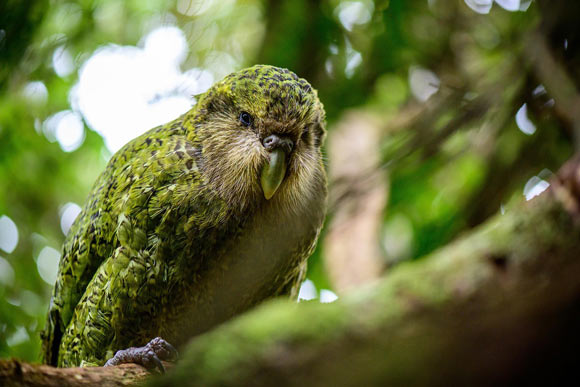
Source: http://www.sci.news
2. Spoon-billed Sandpiper (Calidris pygmaea) – Known for its unique spoon-shaped bill, this tiny migratory bird is critically endangered.
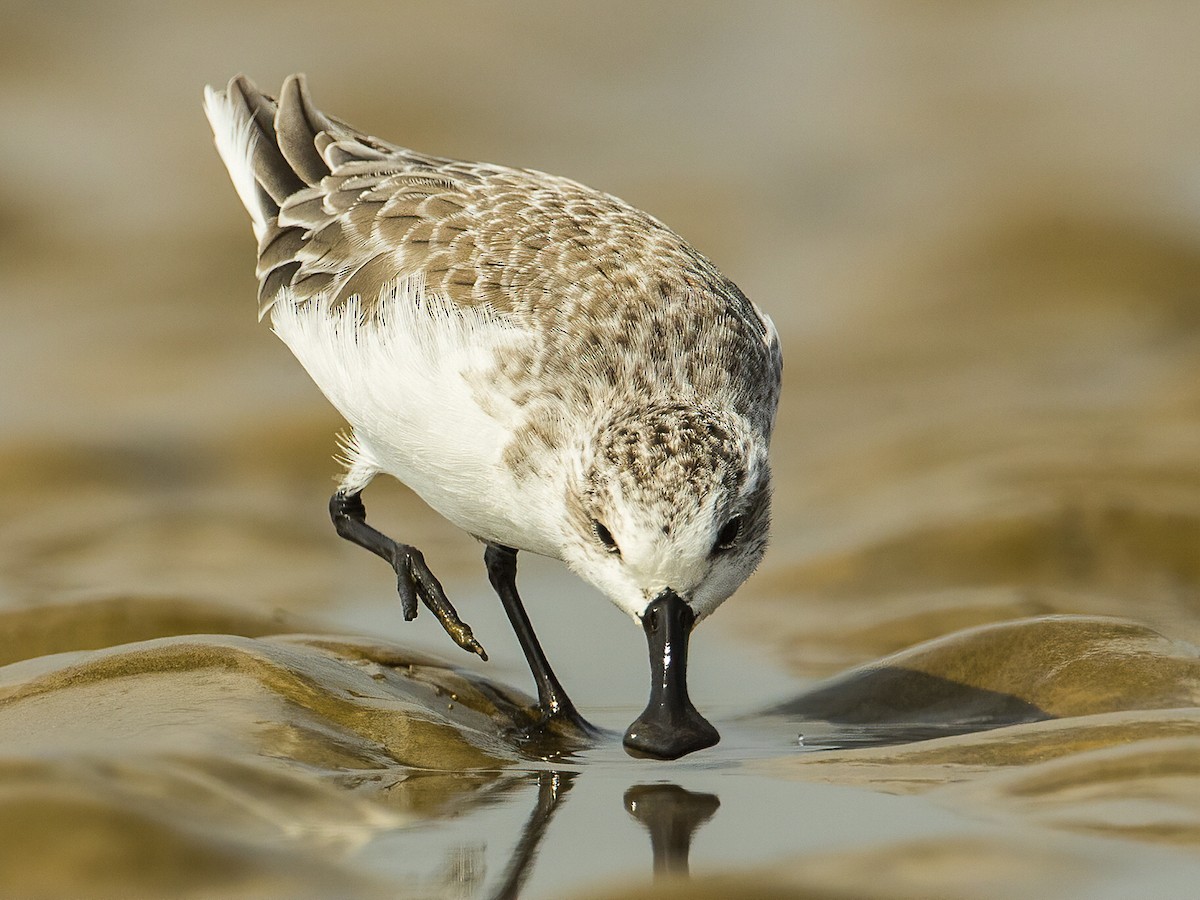
Source: ebird.org
3. Shoebill (Balaeniceps rex) – Found in East Africa’s swamps, it has a prehistoric appearance with a massive shoe-like bill.
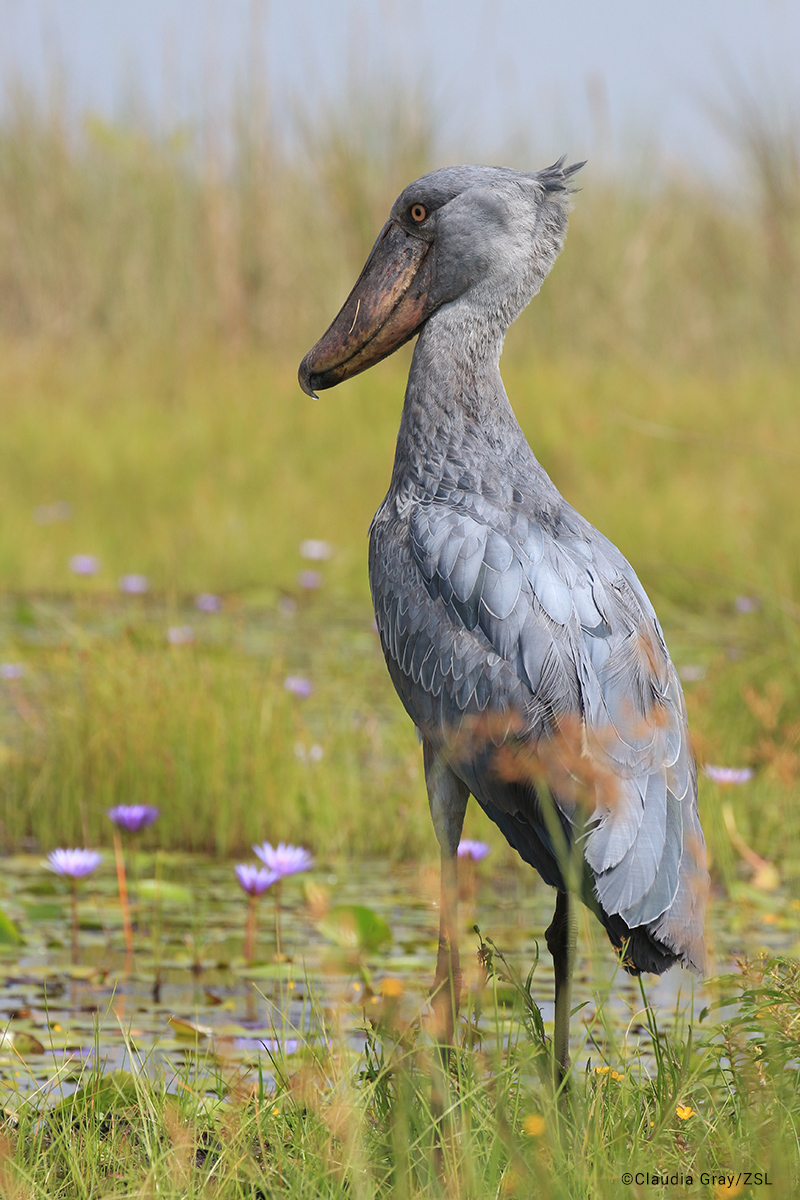
Source: http://www.edgeofexistence.org
4. Victoria Crowned Pigeon (Goura victoria) – The world’s largest pigeon, native to New Guinea, recognized for its elegant crest and striking blue feathers.

Source: ebird.org
5. Rufous-headed Hornbill (Rhabdotorrhinus waldeni) – A critically endangered species from the Philippines, known for its colorful casque and head.
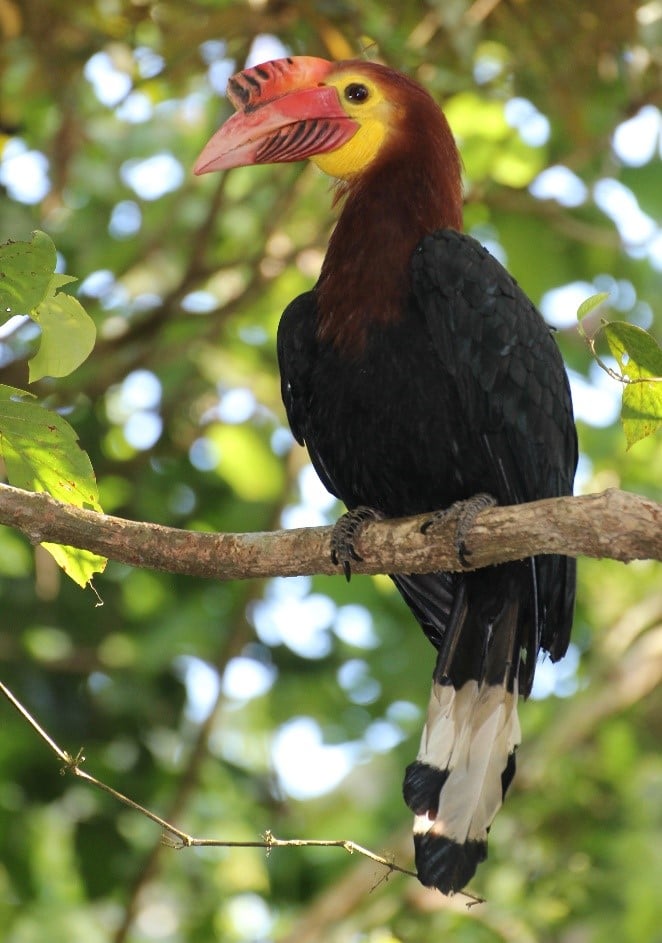
Source: philincon.org
6. Superb Bird-of-Paradise (Lophorina superba) – Famous for its elaborate courtship displays and iridescent plumage, found in Papua New Guinea.

Source: wikipedia
7. Indian Great Hornbill (Buceros bicornis) – Known for its massive bill and vibrant casque, symbolizing longevity in Indian culture.

Source: peapix.com
8. Harpy Eagle (Harpia harpyja) – One of the most powerful raptors, found in the rainforests of Central and South America, with striking crest feathers.
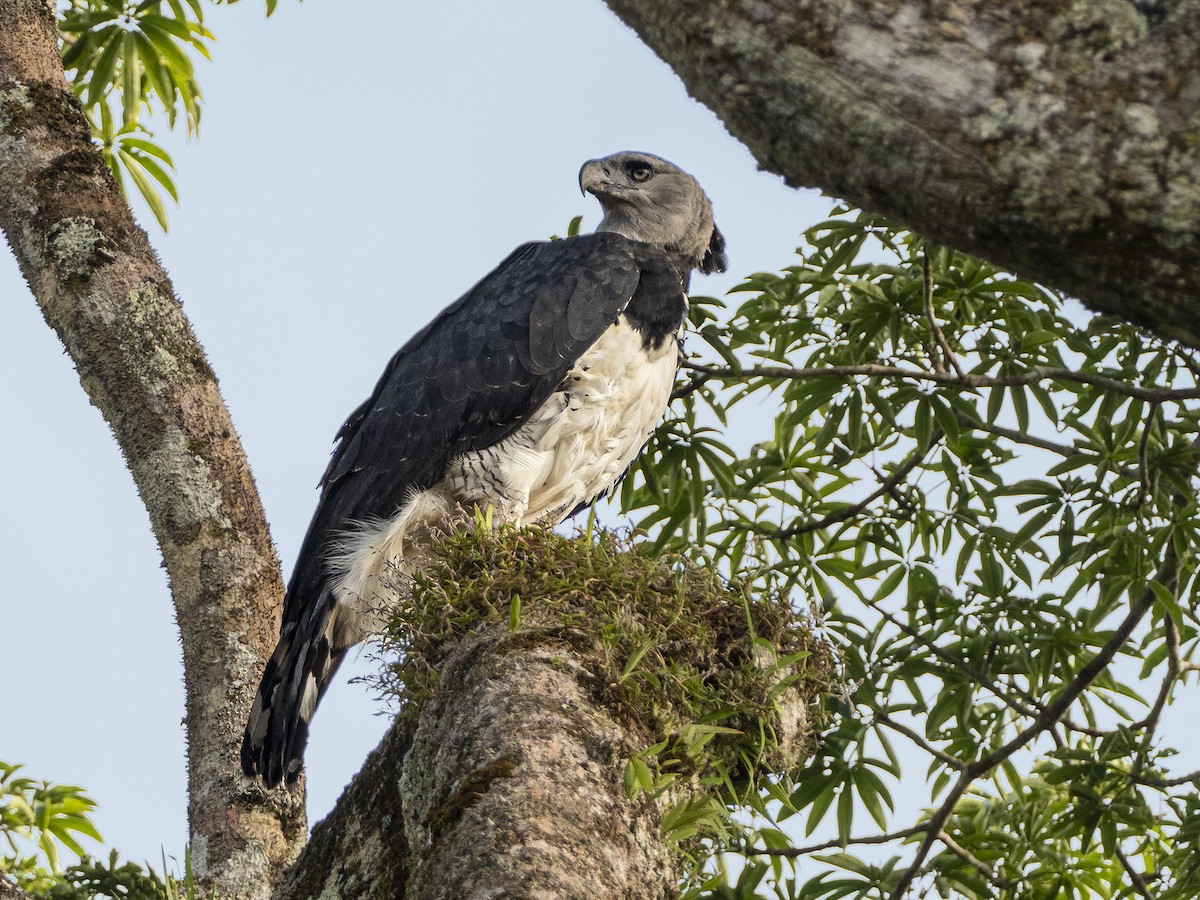
Source: birdsoftheworld.org
9. Wallace’s Standardwing (Semioptera wallacii) – A bird-of-paradise with unique wing plumes, endemic to the Maluku Islands of Indonesia.

Source: http://www.inaturalist.org
10. Blue-eyed Ground-Dove (Columbina cyanopis) – An extremely rare dove rediscovered in Brazil after being thought extinct.

Source: http://www.inaturalist.org
Why Jaipur is known as a Pink city?
Why Jaipur is known as a Pink city?
Read lessJaipur became known as “The Pink City” when, in 1876, Maharaja Ram Singh had most of the buildings painted pink—the color of hospitality—in preparation for a visit by Britain's Queen Victoria. Today, the city is known for its bazaars, forts, temples, palaces, and wildlife sanctuaries.
Jaipur became known as “The Pink City” when, in 1876, Maharaja Ram Singh had most of the buildings painted pink—the color of hospitality—in preparation for a visit by Britain’s Queen Victoria. Today, the city is known for its bazaars, forts, temples, palaces, and wildlife sanctuaries.
See lessWhat is the smallest continent by land area?
What is the smallest continent by land area?
Read lessThe smallest continent by land area is Australia. Key Details: Land Area: Approximately 8.6 million square kilometers (3.3 million square miles). Features: It is the flattest and driest inhabited continent. Often referred to as the "island continent" because it is surrounded by water. Includes mainlRead more
The smallest continent by land area is Australia.
Despite being the smallest continent, Australia is home to unique biodiversity, vast deserts, and vibrant cities.
See less
Pluto is not considered a planet because it does not meet all the criteria defined by the International Astronomical Union (IAU) in 2006 for a celestial body to be classified as a planet. Here are the three criteria set by the IAU for a celestial body to be considered a planet: Orbit around the Sun:Read more
Pluto is not considered a planet because it does not meet all the criteria defined by the International Astronomical Union (IAU) in 2006 for a celestial body to be classified as a planet. Here are the three criteria set by the IAU for a celestial body to be considered a planet:
While Pluto meets the first two criteria (it orbits the Sun and is nearly round), it fails the third criterion. Pluto shares its orbit with other objects in the Kuiper Belt, a region of the Solar System beyond Neptune filled with icy bodies and debris. It has not cleared its neighborhood of other celestial bodies. Because of this, Pluto was reclassified as a dwarf planet rather than a full-fledged planet. The reclassification demoted Pluto from its status as the ninth planet of the Solar System to one of the many dwarf planets.
See less